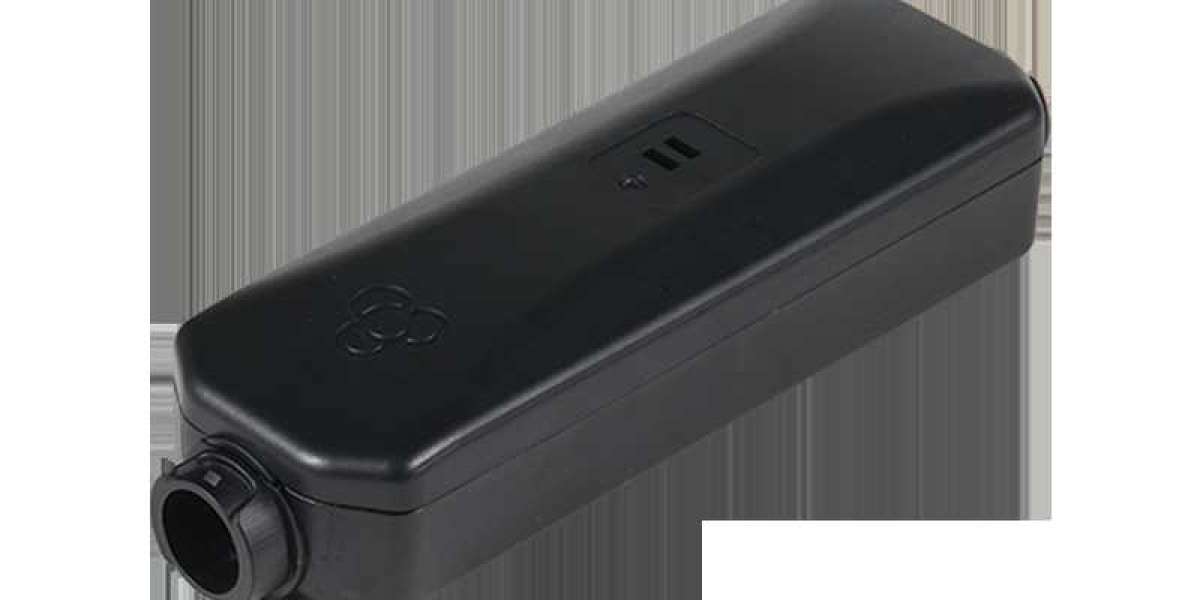The importance of thermal fuse connectors cannot be overstated. They are commonly found in household appliances such as hair dryers, coffee makers, and ovens, where overheating is a significant risk. For instance, in a hair dryer, if the air intake is blocked, the heating element can quickly reach dangerous temperatures. The thermal fuse connector intervenes by severing the electrical connection before the device can catch fire, ensuring user safety. This proactive approach to safety is what makes the connectors indispensable in modern electrical design.
In addition to their protective role, thermal fuse connectors are also cost-effective components. They are relatively inexpensive to manufacture and install, making them an attractive option for manufacturers looking to enhance the safety of their products without significantly increasing costs. The simplicity of the connectors means they can be easily integrated into a wide range of devices, providing a reliable solution for overheating issues.
However, the production and use of thermal fuse connectors also raise environmental concerns. The materials used in these connectors, such as plastics and metals, can contribute to environmental degradation if not disposed of properly. As electronic waste continues to be a growing problem globally, the lifecycle of the connectors must be considered. Manufacturers are increasingly being called upon to adopt sustainable practices, including using recyclable materials and ensuring that their products can be easily disassembled for recycling at the end of their life.
Moreover, the one-time use nature of many thermal fuse connectors poses additional challenges. Once the connector has activated due to overheating, it must be replaced, leading to increased waste. This aspect highlights the need for innovation in the design of thermal fuse connectors. Some manufacturers are exploring resettable thermal fuses, which can automatically restore functionality once the temperature drops. While these resettable options are less common, they represent a potential solution to reduce waste and enhance the sustainability of the connectors.
The environmental impact of thermal fuse connectors extends beyond their materials and disposal. The manufacturing processes involved in producing these connectors can also contribute to pollution and resource depletion. As the demand for electronic devices continues to rise, so does the need for thermal fuse connectors. This growing demand necessitates a careful examination of the environmental footprint associated with their production. Our company is increasingly focusing on minimizing their impact by adopting cleaner production methods and sourcing materials responsibly.







